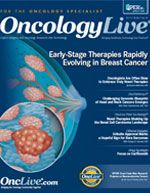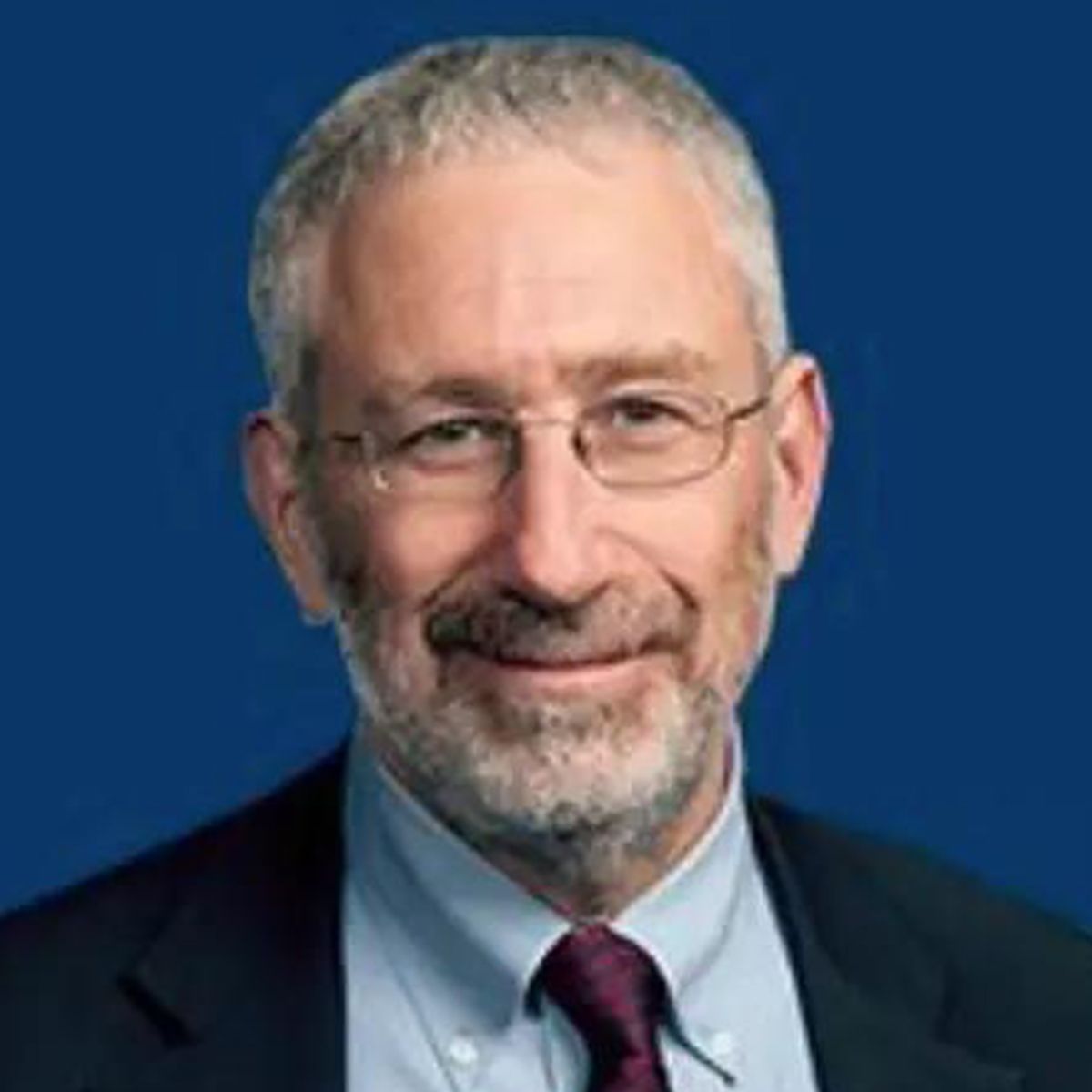Publication
Article
Pushing the Envelope
Author(s):
We’re talking about a certain type of “moreâ€â€” more intervention earlier and more effectively in the natural history of a malignancy in order to prevent a recurring or metastatic manifestation of a cancer.
OncLive Chairman,
Mike Hennessy
“Less is more” has been a recurring theme in oncology research and care in recent years. This undercurrent has manifested itself in the scaling back of broad-based cancer screening guidelines, continuing concerns about overtreatment of ductal carcinoma in situ, and growing pressure to expand watchand- wait strategies in prostate cancer.
But we’re not talking about doing less on the preventive or early-stage fronts in this issue of OncologyLive. Instead, we’re talking about a certain type of “more”— more intervention earlier and more effectively in the natural history of a malignancy in order to prevent a recurring or metastatic manifestation of a cancer.
Of course, this approach in general is not revolutionary. We already have examples of settings where patients have been cured by early and timely treatment. Yet the continuing efforts to improve outcomes that we’re seeing now may well represent important strategic steps.
In our cover story, “Early-Stage Therapies Rapidly Evolving in Breast Cancer,” we chart the shifting landscape of treating patients not only in neoadjuvant settings but also in the immediate aftermath of first-line treatment and in the adjuvant setting. Evidence is building that, even in the most extensively studied tumor type of breast cancer, there’s room to improve outcomes before metastases develop.
Further refinements of early markers of efficacy such as pathological complete response (pCR) are needed, but pCR already has helped bring the novel neoadjuvant pertuzumab combination to patients 3 to 4 years earlier than it otherwise would have reached the clinic.
Similarly, the research that we feature in our Clinical Trial Spotlight, “Study Moves T-VEC Into Neoadjuvant Melanoma Setting,” asks the question about whether introducing an immunotherapy agent before surgery would deter recurrences and distant metastases.
It is important to recognize, however, that the journey from the discovery of novel approaches such as the potential advances discussed here to the clinical implementation of such advances is often arduous and problematic. Editor-in-Chief Maurie Markman, MD, tackles some of the reasons that groundbreaking approaches languish in the real world in his column, “Oncologists Are Often Slow to Embrace Truly Novel Therapies.”
Your personal experiences translating novel therapies into practice are a vital part of this discussion. Please let us know your thoughts and, as always, thank you for reading.










